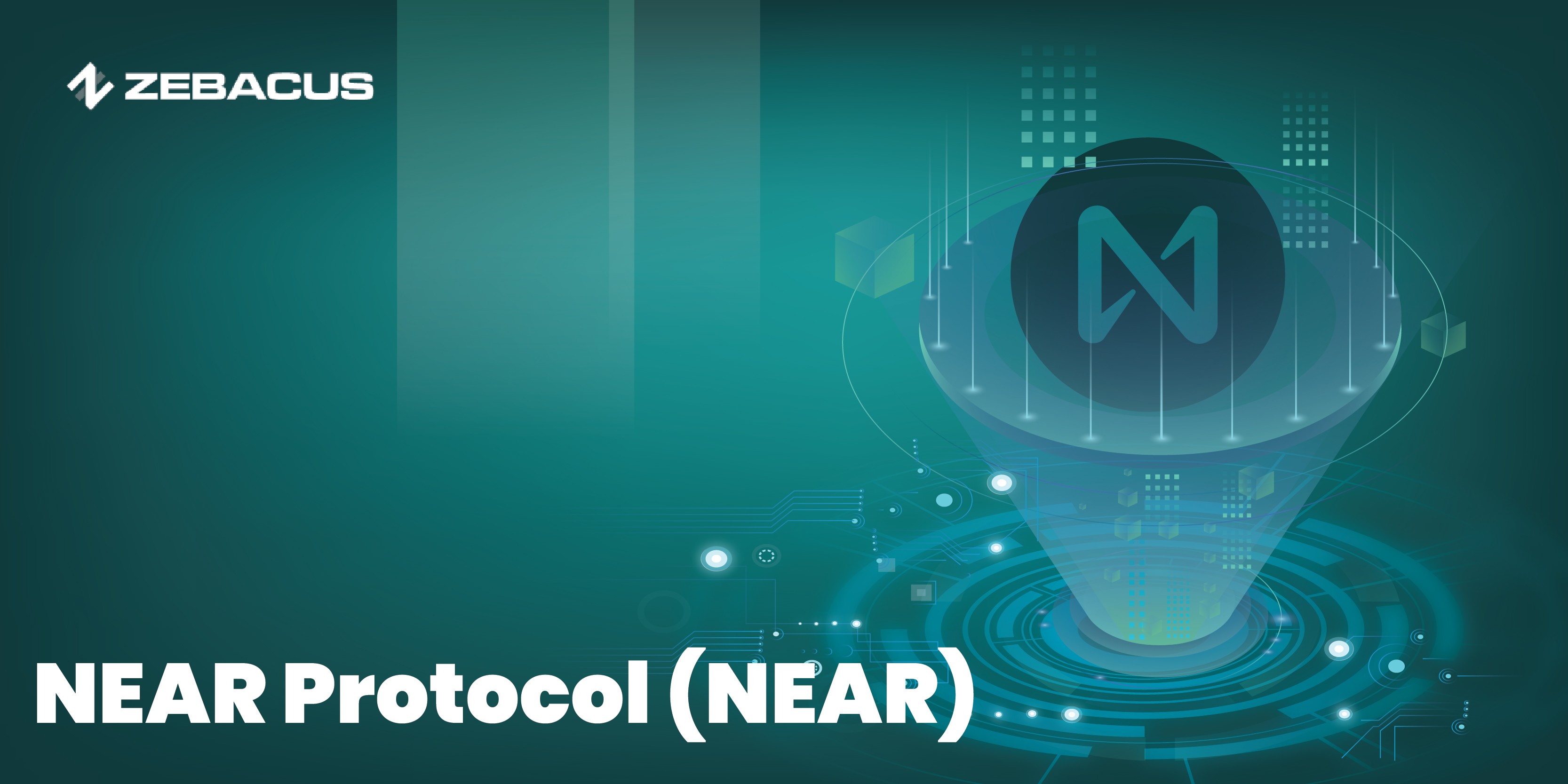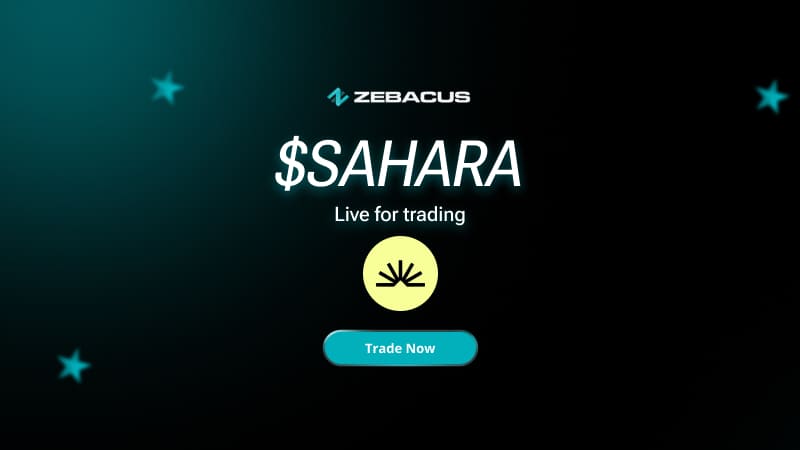What is NEAR Protocol (NEAR)?
NEAR is a blockchain platform that claims to be carbon-neutral and uses in a year only as much energy as Bitcoin uses in three minutes. At the time of writing the NEAR token is one of the top 20 cryptocurrencies in terms of market capitalization. If you haven’t heard about it yet, don’t worry—you’re about to get the full scoop in a way that is easy to digest, minus the tech jargon overload. I will explain the basics of the platform, its history, working mechanism, significance, and other aspects. Let’s dive in!
The Basics of NEAR Protocol
NEAR Protocol is a layer-1 blockchain, which means it is like Ethereum or Bitcoin in that it has its own standalone network. NEAR is designed to be super scalable, developer-friendly, and incredibly fast. The team behind the platform aims to make blockchain technology accessible and usable for everyone, not just the tech-savvy.
NEAR Protocol History
Launched in April 2020, NEAR Protocol was developed by the NEAR Collective, a group of developers and researchers worldwide. The project is built with a strong emphasis on usability and performance, ensuring it can handle the demands of modern decentralized applications (dApps).
Why Should You Care About NEAR Protocol?
There are a few key features that makes NEAR Protocol stand out in the crowded blockchain space.
1. Sharding: Think of sharding as breaking a big task into smaller, manageable pieces. NEAR uses sharding to increase its scalability. This means it can process a lot more transactions per second (tps) compared to older blockchains like Ethereum. NEAR claims it can handle thousands of tps, making it a serious contender for mainstream adoption.
2. Usability: NEAR Protocol puts a strong emphasis on making things user-friendly. The platform offers more readable account names, removing the confusion with long strings of meaningless characters. Also, NEAR has a smooth onboarding process for new users.
3. Developer-Friendly: For the techies out there, NEAR is a developer’s dream come true. The platform supports WebAssembly (Wasm), which means you can write smart contracts in popular languages like Rust and JavaScript. Plus, NEAR has a robust set of tools and documentation to help developers get up and running quickly. This focus on ease of use is part of why NEAR has been gaining traction in the developer community.
4. Low Fees: Transaction fees on NEAR are minimal. This is a big deal considering the high fees that have been plaguing major networks like Ethereum. NEAR’s low fees make it more accessible for everyday transactions and microtransactions, which will be crucial for broader adoption.
5. Sustainability: NEAR Protocol is designed to be energy efficient. It uses a proof-of-stake (PoS) consensus mechanism, which is significantly less energy-intensive compared to Bitcoin’s proof-of-work (PoW). This makes NEAR a greener choice among blockchains.
How Does NEAR Protocol Work?
Let’s now go a bit deeper into the ‘how’ part of NEAR Protocol.
Consensus Mechanism: NEAR uses a unique proof-of-stake consensus mechanism called– Nightshade. Without diving too deep into the technical details, Nightshade allows the network to process transactions in parallel across multiple shards. This massively boosts throughput and efficiency, allowing the network to scale as needed.
Governance: NEAR is community-driven and holders of NEAR tokens can participate in the decision-making process, influencing the direction of the protocol. This decentralized approach helps ensure that the network evolves in a way that benefits its users and developers.
Staking: If you hold NEAR tokens, you can participate in securing the network by locking up your tokens. In return, you earn rewards, which is a nice way to grow your investment. Staking allows the network to maintain its integrity.
Real-World Applications
Here are a few cases where NEAR is useful.
1. Decentralized Finance (DeFi): NEAR is a hotbed for DeFi applications. You can find everything from decentralized exchanges (DEXs) to lending platforms built on top of NEAR. With its low fees and high scalability, NEAR is well-suited to handle the complex transactions required in the DeFi space.
2. NFTs and Gaming: Non-fungible tokens (NFTs) and blockchain gaming are booming, and NEAR is right in the mix. With NEAR, artists can mint and sell NFTs, and game developers can create rich, interactive experiences without worrying about high transaction fees or network congestion.
3. Supply Chain Management: Blockchain technology can improve supply chain management by providing transparency and traceability. NEAR’s fast and secure network is ideal for tracking goods and ensuring that information is accurate and immutable.
The NEAR Token
The NEAR token has several uses within the ecosystem.
Pay for Transactions: The NEAR token is the preferred mode of payment for conducting transactions or executing smart contracts inside NEAR Protocol.
Stake and Earn: By staking NEAR tokens, you can help secure the NEAR network and earn staking rewards in return.
Governance: NEAR token holders can vote on proposals and changes to the protocol, giving them a say in the future development of the project.
Final Thoughts
The future looks bright for NEAR Protocol. With an emphasis on scalability, usability, and sustainability, the platform is a strong contender in the blockchain space. As more developers and users join the network, we can expect to see a growing ecosystem of dApps and projects built on NEAR. Its innovative approach to scalability, user-friendliness, and low fees make it a standout in the crypto landscape. Moreover, NEAR’s commitment to community-driven governance and continuous improvement means that it’s adaptable and ready to meet the evolving needs of the world.







